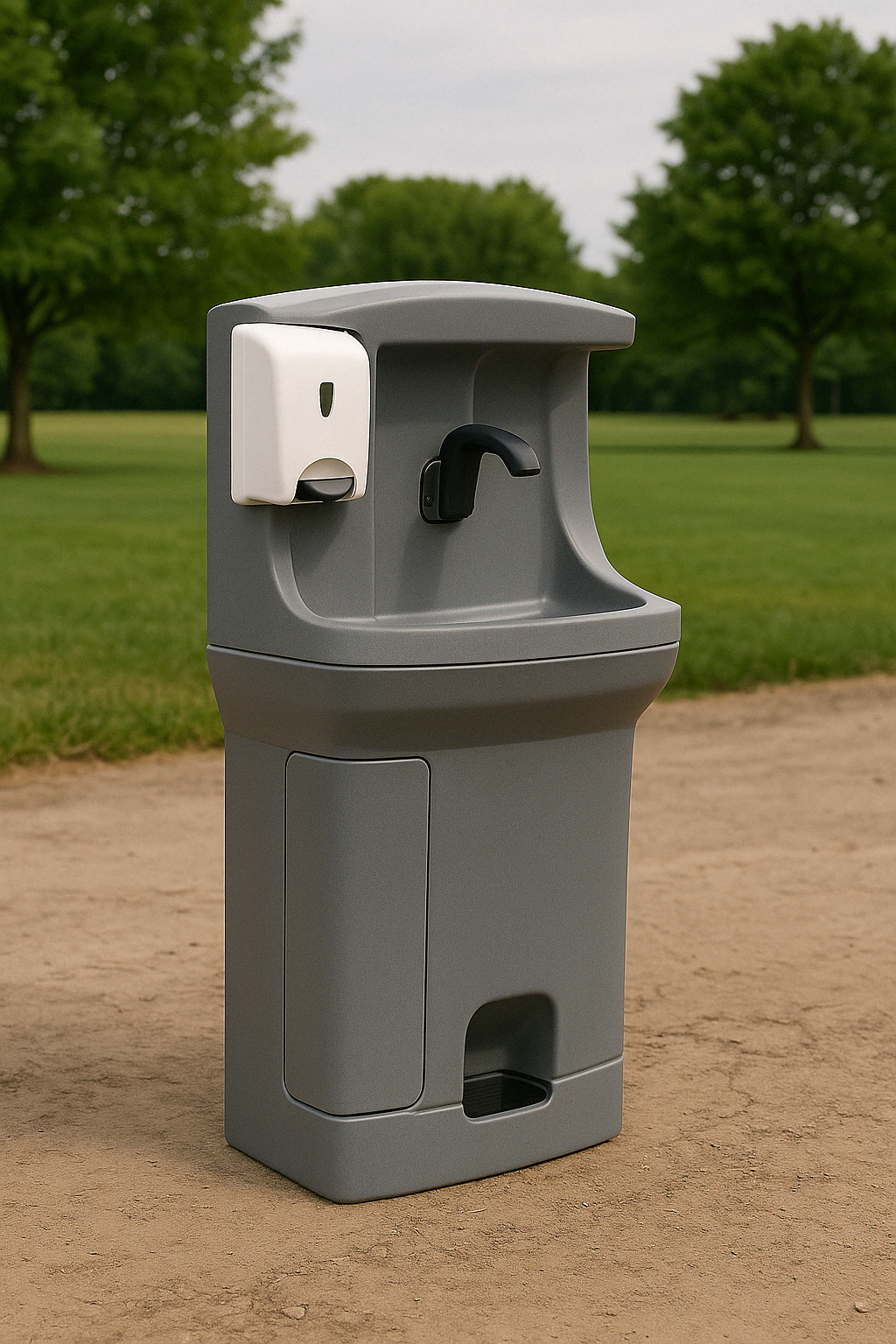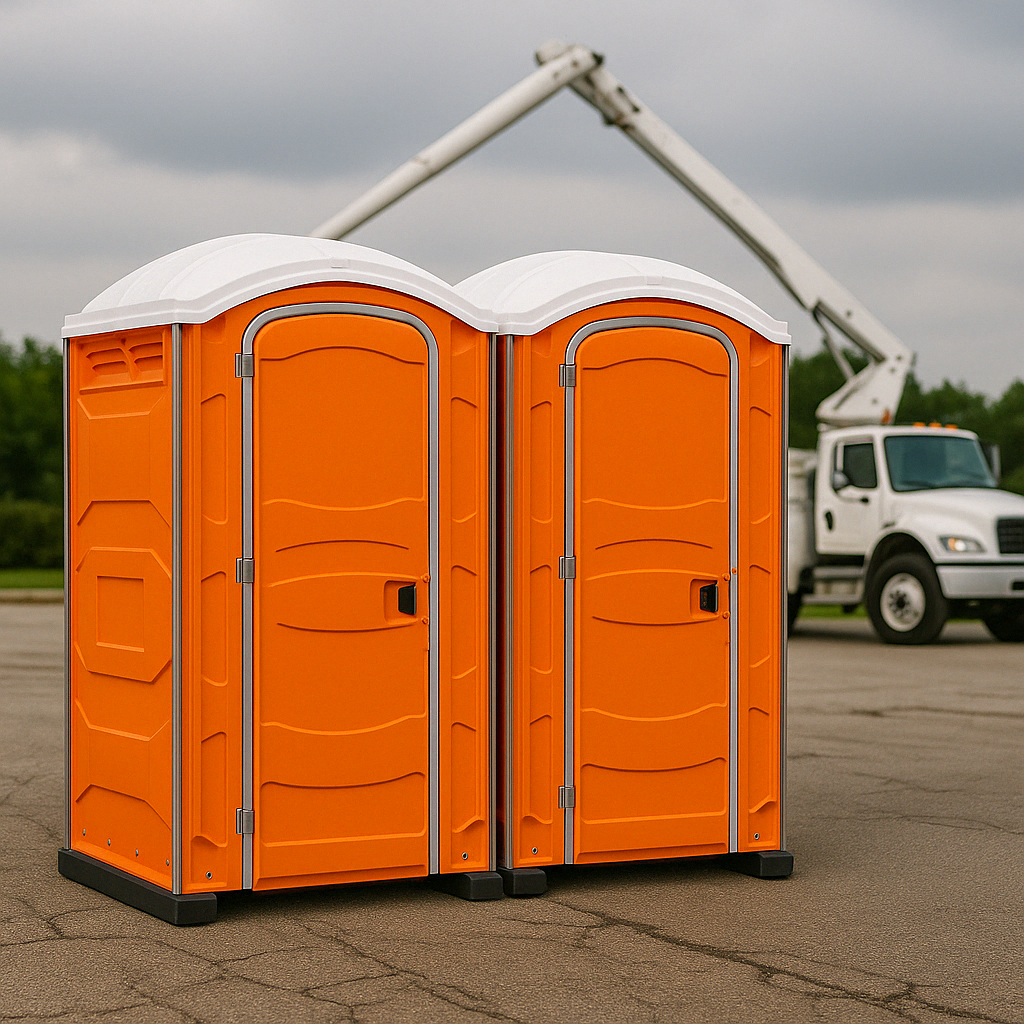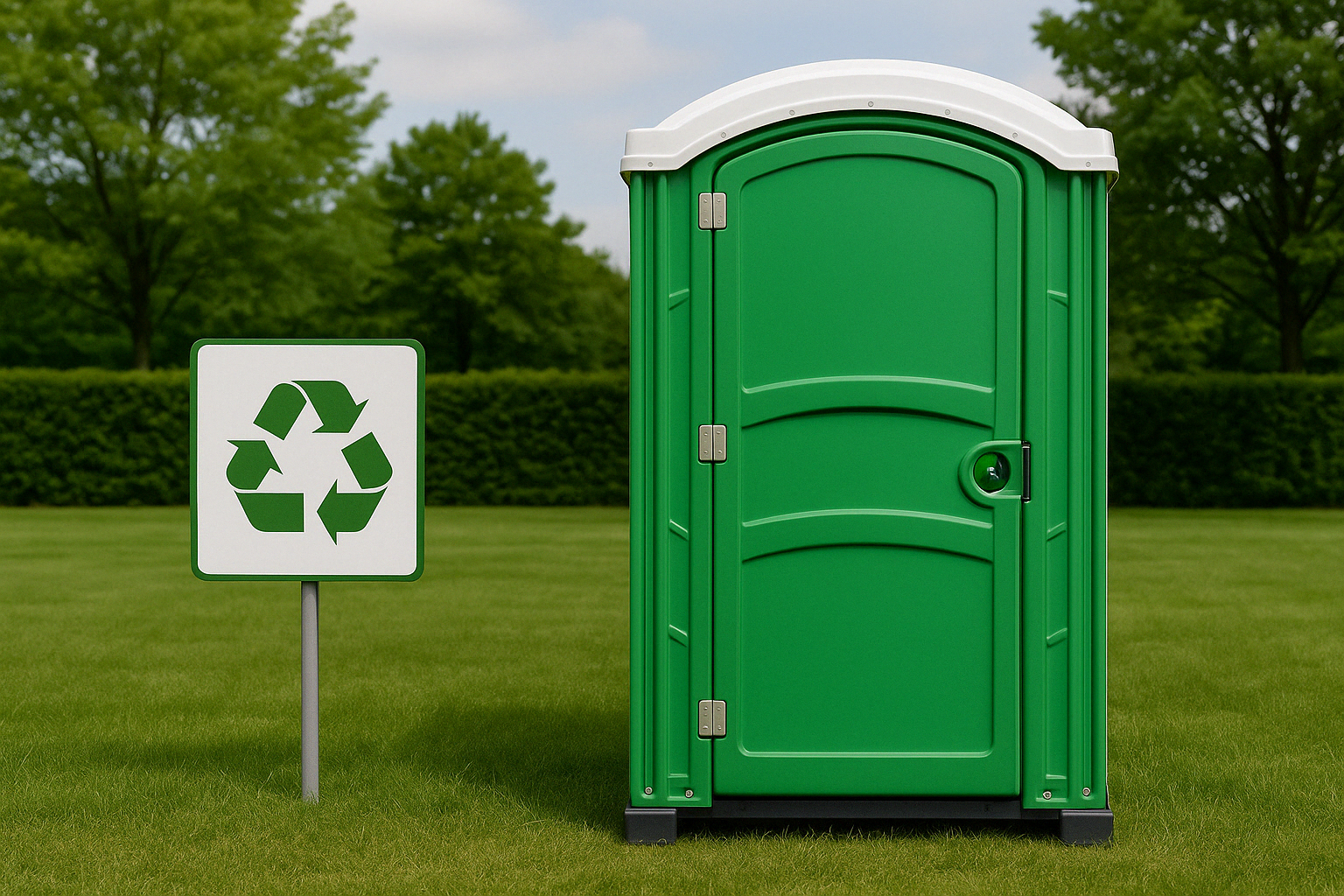
The Future of Portable Sanitation: Innovation in the Industry
November 23, 2024
As society becomes more eco-conscious and technologically advanced, industries across the board are innovating, and the portable sanitation sector is no different. Traditionally, portable sanitation solutions, such as portable toilets, served primarily temporary needs at construction sites, outdoor events, or emergency relief operations. However, the future of this industry is transforming rapidly, driven by new technologies and sustainability concerns.
The Evolution of Portable Sanitation
Portable sanitation has come a long way from its rudimentary origins. In the past, basic models focused solely on providing a sanitary option when permanent facilities were unavailable. Early iterations lacked the convenience, hygiene, and environmental considerations that today’s models emphasize. With increased awareness of environmental impact and the rising expectations of users, the portable sanitation industry is embracing significant changes.
Why Innovation is Critical in Portable Sanitation
Innovation in portable sanitation is more than just a trend; it’s a necessity. The world is grappling with environmental concerns, and the sanitation industry has a crucial role to play. Portable units are essential in locations where permanent plumbing is not available, and thus, the waste generated needs to be treated responsibly. Additionally, as consumer expectations evolve, providing hygienic, odor-free, and eco-friendly options is key to success.
Key areas of impact include:
1. Public health:
Portable sanitation units help prevent the spread of disease in high-density areas, especially during events or in disaster situations.
2. Environmental sustainability:
Innovative materials and waste treatment methods reduce harmful environmental impacts.
3. User experience:
As customers demand cleaner, more comfortable experiences, innovation is necessary to meet these expectations.
Current Innovations Shaping the Portable Sanitation Industry
The portable sanitation industry has seen a surge of innovative solutions aimed at improving sustainability, user experience, and operational efficiency. These innovations include:
Eco-friendly Materials
Sustainability is one of the driving forces of innovation. Many companies are now manufacturing portable toilets using biodegradable and recyclable materials. Compostable units, which allow human waste to be processed into usable compost, are gaining popularity, particularly in environmentally sensitive areas like parks and nature reserves.
Advanced Waste Treatment Technologies
Chemical-heavy waste treatment solutions are being replaced with more sustainable methods, such as enzyme-based treatments or microbial technologies. These systems help break down waste naturally, reducing the need for harsh chemicals and limiting environmental impact.
Digital Monitoring Systems
Technology is being leveraged to improve sanitation services. Digital monitoring systems equipped with sensors track the usage and maintenance needs of portable toilets in real time. This helps providers manage cleaning schedules more efficiently, ensuring that facilities are always in top condition.
Eco-friendly Portable Toilets
Eco-friendly portable toilets are becoming the norm rather than the exception. These toilets are designed to minimize their environmental footprint, using materials that decompose without harming the environment. Solar-powered units are also gaining traction, reducing the reliance on external energy sources for lighting and ventilation.
Smart Portable Sanitation Systems
The Internet of Things (IoT) has made its way into portable sanitation. Smart toilets equipped with sensors monitor everything from waste levels to temperature and even odor control. This not only improves the user experience but also allows service providers to optimize maintenance and reduce operational costs.
Chemical-Free Waste Treatment Innovations
A significant shift in the industry is the move away from chemical treatments for waste management. Enzyme-based treatments and microbial systems are now being utilized to break down waste more naturally. This not only provides a healthier environment for users but also reduces the harmful effects chemicals can have on surrounding ecosystems.
Water Conservation Efforts
As water scarcity becomes a pressing global issue, conserving water in sanitation systems is a priority. Low-water usage designs, such as vacuum flush systems, are gaining popularity. These systems reduce the amount of water needed per flush without sacrificing cleanliness. Some portable units are even adopting waterless urinals to conserve resources further.
Portable Sanitation for Disaster Relief and Emergency Situations
Portable sanitation units are critical in disaster relief scenarios, where access to clean facilities can make a significant difference in public health outcomes. Recent innovations in this area focus on rapid deployment and self-sufficiency. Units are now being designed with solar panels and water filtration systems, enabling them to operate independently in remote or disaster-stricken areas.
Sustainability as a Key Driver in Sanitation Innovation
Sustainability isn’t just a trend—it’s a driving force behind much of the recent innovation in the portable sanitation sector. Consumers and businesses alike are demanding greener solutions, and the industry is responding. From compostable toilets to renewable energy-powered units, the focus is on reducing the environmental impact of sanitation services.
Portable Sanitation in Urban Areas and Events
Urban areas and large events require sanitation solutions that can handle high usage while maintaining cleanliness and comfort. Innovations in this space include durable, aesthetically pleasing designs that blend into urban landscapes, as well as high-capacity units that minimize the need for frequent servicing.
Future Trends in Portable Sanitation
Looking ahead, the portable sanitation industry is poised for further advancements. Technological integration, particularly with AI, is expected to streamline operations and improve user experiences. AI-driven analytics could help providers predict usage patterns and optimize the placement of portable units during large events or emergencies.
The Role of AI and Automation in Portable Sanitation
Automation is also making waves in the industry. AI systems can monitor portable units for cleanliness and schedule maintenance tasks automatically. This reduces human error, improves service reliability, and ensures that users always have access to clean, well-maintained facilities.
Government Regulations and their Role in Driving Innovation
Governments around the world are tightening regulations related to sanitation, particularly in terms of environmental impact. These regulations are encouraging companies to innovate, whether through the development of more sustainable materials or by adopting cleaner waste management technologies.
Conclusion
Innovation is driving the portable sanitation industry towards a cleaner, greener future. From chemical-free waste treatments to smart sanitation systems, these advancements are essential for meeting the evolving needs of users and addressing environmental concerns. As we look to the future, the continued focus on sustainability and technology will ensure that portable sanitation keeps pace with the demands of a modern, eco-conscious world.
FAQs
1. What is the most significant innovation in portable sanitation?
The shift towards eco-friendly materials and chemical-free waste treatment systems is one of the most impactful innovations, making portable toilets more sustainable and user-friendly.
2. How are smart portable toilets changing the industry?
Smart toilets equipped with IoT sensors provide real-time data on usage, waste levels, and maintenance needs, improving operational efficiency and the user experience.
3. Why is water conservation important in portable sanitation?
Water scarcity is a global issue, and conserving water in portable toilets through low-water usage systems or waterless urinals helps reduce the environmental footprint.
4. How do portable sanitation units contribute to disaster relief?
Portable sanitation units are essential in disaster-stricken areas, providing safe and sanitary facilities where permanent infrastructure has been damaged or is unavailable.
5. What role does sustainability play in portable sanitation?
Sustainability is a key driver in the industry, with innovations focusing on biodegradable materials, renewable energy use, and waste treatment systems that minimize environmental harm.
Tap to share!
Latest Posts







